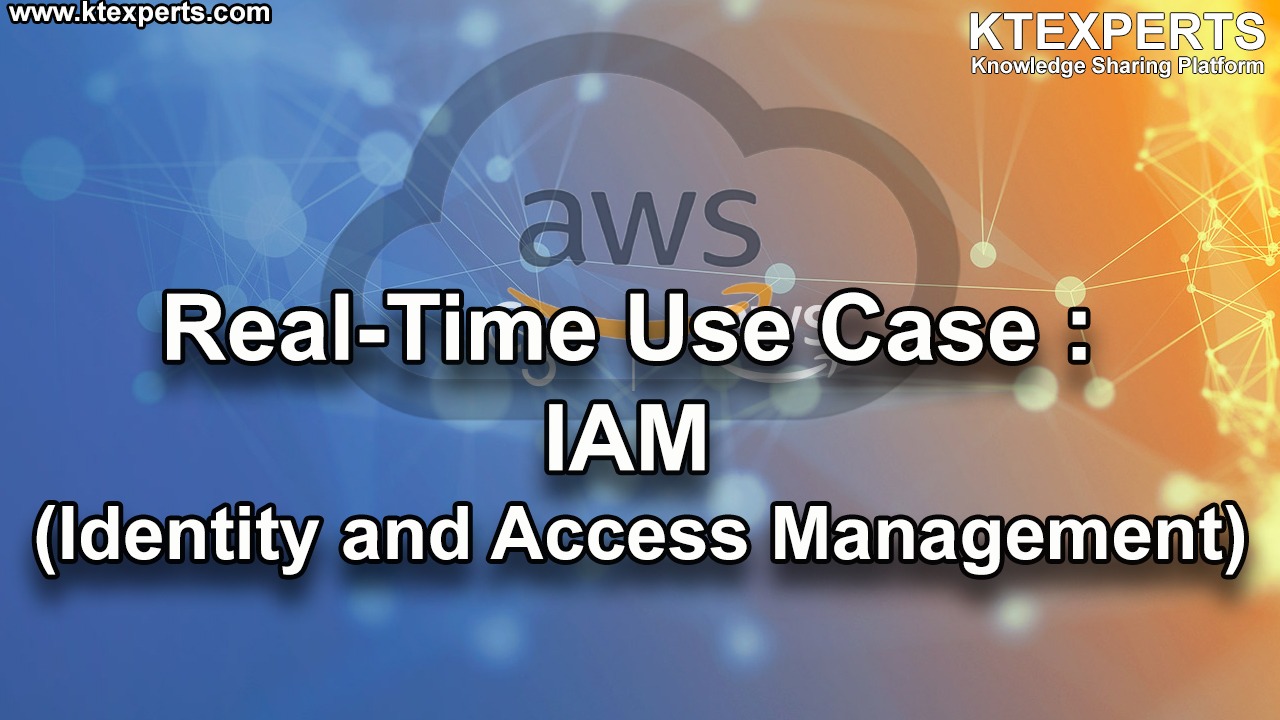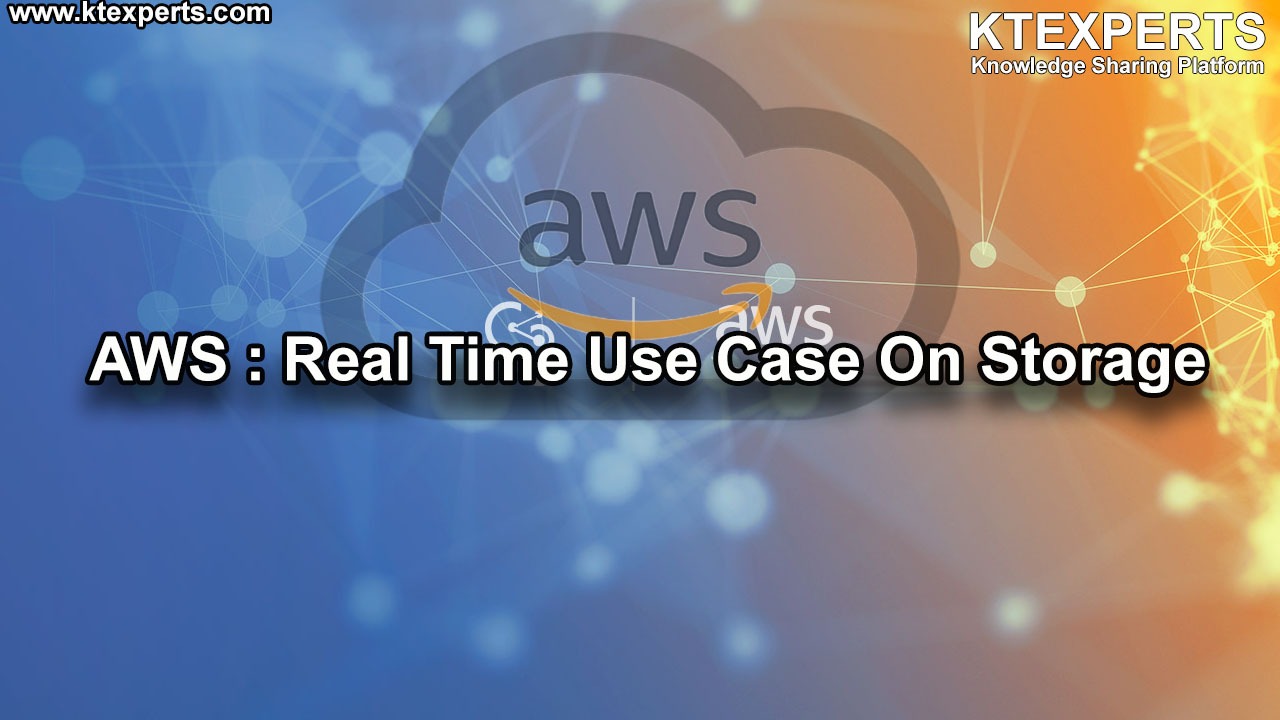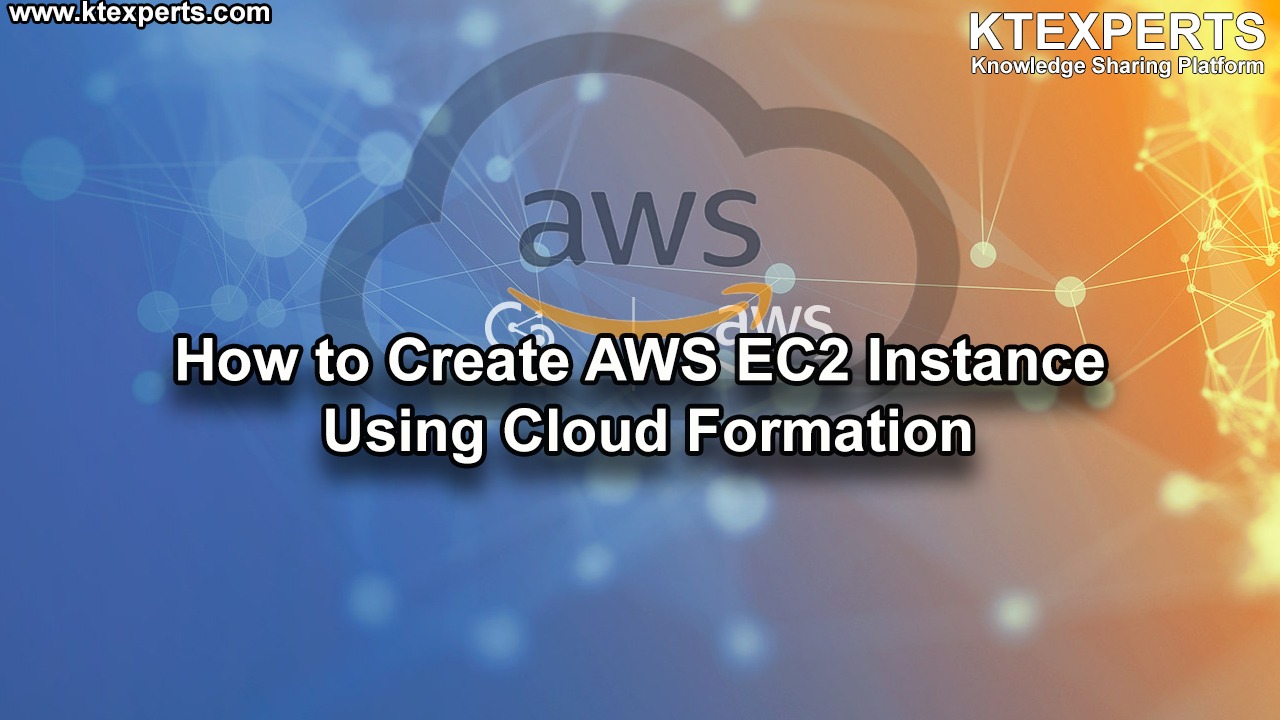Dear Readers,
In this article, we will see the Introduction to AWS.

What is AWS?
Amazon Web Services (AWS) is a cloud computing and broadly adopted platform provided by Amazon, which provide services a low-cost, scalable, and highly reliable infrastructure platform in the cloud.
It offers compute power, database storage, content delivery and various other functionalities and AWS provides virtual computers those are similar to the physical computer in the sense that they display all the attributes such as CPUs & GPUs, RAM, Storage drives (HDDs or SDDs).
What is Cloud Computing?
Cloud computing as a style of computing where scalable IT-related capabilities are provided as a service across the internet to external customers
Cloud computing is the on-demand delivery of compute power, database, storage, applications, and other IT resources via the internet with pay-as-you-go pricing.
Cloud computing is the delivery of different services through the Internet. These resources include tools and applications like data storage, servers, databases, networking, and software.
Cloud computing is a term referred to storing and accessing data over the internet. It doesn’t store any data on the hard disk of your personal computer. In cloud computing, you can access data from a remote server
Examples: E-Mail Communication, Social Networking, Google Drive
Before Cloud Computing
A physical server/traditional server is just like a physical computer on which install Operating System like Windows or Linux runs just as on any other computer. Each server has its own hardware: Memory, network, processing and storage resources. On this hardware, the server operating system is loaded. From the OS you can then run the applications.In the physical server we can run only single operating system and single application
Drawbacks of Traditional Servers/Physical Servers
- Large upfront costs
- Physical servers and additional equipment take a lot of space
- No on-demand scalability
- Hardware upgrades are difficult to implement and can lead to considerable downtime
- Difficult to move or copy
- Poor capacity optimization
- Doesn’t require any overhead layer
- Buy a stack of servers
- Keeping the peak traffic in mind, buy more servers
- Monitoring and maintenance of your servers
- Need to buy own servers, software
- Large upfront cost
- High Maintenance cost
- The setup(servers) are very expensive
- Troubleshooting problems can be tedious may conflicts with your business goals
- Since the traffic is varying, your servers will be idle most of the time
Cloud Computing
In order for everyone to understand the concept of virtual servers, we need to explain a little bit on how the virtualization works.
Virtualization
Virtualization will help you to run multiple virtual machines on a single physical server
Different virtual machines can run different operating systems and multiple applications on the same physical machine
In the virtualization we install hypervisor in physical hardware then we can create multiple virtual machines on top of hypervisor
These virtual machines are independent and we can have multiple virtual machines in one physical server
Hypervisor
A hypervisor also called as virtual machine manager, is a process that creates and runs virtual machines (VMs) in single hardware
A hypervisor allows one host computer to support multiple guest VMs by virtually sharing its resources, like memory and processing.
Generally, there are two types of hypervisors.
Type 1 hypervisors, called “bare metal,” run directly on the host’s hardware.
Type 2 hypervisors, called “hosted,” run as a software layer on an operating system, like other computer programs.
Type 1 hypervisor
This also known as bare metal Hypervisor
A Type 1 hypervisor install directly on the host machine’s physical hardware/physical server hardware
There is no software or any operating system between physical server and hypervisor that’s it gives excellent performance
Examples: VMware ESXi, Microsoft Hyper-V server and open source KVM
It is completely independent from the Operating System
Type 2 hypervisor
This is also known as Hosted Hypervisor.
An operating system installs on the physical server or host machine’s physical hardware
hypervisor is installed on the operating system and then supports other operating systems above it.
A type 2 hypervisor software within that operating system.
It is completely dependent on host Operating System
Examples: Oracle VM VirtualBox, VMware WorkStation, Windows Virtual PC, Parallels Desktop
Advantages of Cloud Computing
- Small upfront costs
- A single physical server can host multiple VMs, thus saving space
- On-demand scalability
- Hardware upgrades are easier to implement
- The workload can be migrated to a backup site for the repair period to minimize downtime
- Easy to move or copy
- Advanced capacity optimization is enabled by load balancing
- Some level of overhead is required for running VMs
- Keep your data on cloud servers, no need to buy expensive servers
- Scalability, your server capacity will vary (scale up and scale down) according to traffic
- Your cloud provider will manage your servers, hence no worries about underlying infrastructure
- It is to predicts costs over time
- High Speed
- Back-up and restore data
- Automatic Software Integration
- Reliability
The key features are
- Trade capital expense for variable expense
- Benefit from massive economies of scale
- Stop guessing capacity
- Increase speed and agility
- Stop spending money running and maintaining data center
- Go global in minutes
Cloud Computing Essential Characteristics
We have 5 essential characteristics in cloud computing
On Demand Self Service
AWS Cloud provider will help you to easily access your resources
Broad Network Access
Access your resources from any device through internet
Resource Pooling
AWS has their own data centers they would have create or purchase at least 1000 of servers, storage disks and so much of network everything available so you can get access and you can start creating own resources
Rapid Elasticity
It’s like a rubber band we can either increase size of virtual machine or decrease size of it and make the option automatically like auto scaling
Measured Service
You can keep tracking your billings in AWS account
Cloud Computing Models
There are some certain services and models working behind the scene making the cloud computing feasible and accessible to end users
The working models of cloud computing are
- Cloud Computing Deployment Models
- Cloud Computing Service Models
The Cloud Computing Deployment Models
It defines the type of access to the cloud
Based on the business needs, we can classify cloud as
- Public
- Private
- Hybrid
- Community Cloud
These 4 types are using to access the cloud by users
Public Cloud
The Public cloud services are exposed to the public and can be used by anyone. It allows system and services to be easily accessible to general public. An example of a public cloud is Amazon Web Services (AWS), google, and Microsoft offers cloud services via internet to public.
Private Cloud
The Private cloud services used by a single organization, which are not exposed to the public. A private cloud resides inside the organization, it allows system and services to be accessible within the organization and it can be managed internally by organization or third party
Hybrid Cloud
It is a combination of private cloud and public cloud These cloud services can be distributed among public and private clouds, where sensitive applications are kept inside the organization’s network (by using a private cloud), whereas other services can be hosted outside the organization’s network (by using a public cloud). Users can them interchangeably use private as well as public cloud services in every day operations
Non-critical activities (Information that to store, retrieve etc.) are performed using public cloud
Critical activities are performed using private cloud
Community Cloud
A community cloud is shared between organizations with a common goal. It allows system and services to accessible by group of organizations community (professional community, geographic community, etc.)
It shares infrastructure between several organization from a specific community
It may be managed internally by organization or third party
Cloud Computing Service Models
Cloud Computing Service Models are the reference models on which the cloud computing is based
By using these they providing services to the customers
The most common and widely adopted cloud computing services are
- Infrastructure as a Service (IaaS) —– Host
- Platform as a Service (PaaS)————Build
- Software as a Service (SaaS)————Consume then deliver to customers
Infrastructure as a Service (IaaS)
IaaS provides access to fundamental resources like physical machines, virtual machines, virtual storage etc. It is the most basic category of cloud computing services that allows you rent IT infrastructure (servers) from a cloud provider on a pay-as-you-go basis. IaaS gives users cloud-based alternatives to on-premise infrastructure, so businesses can avoid investing in expensive on-site resources.
Example: Amazon Web Services
IaaS also offers
- Virtual machine disk storage
- Virtual local area network
- Load balancers
- IP addresses
- Software bundles
All the resources are available to end users through server virtualization
These resources are accessed by customers as if they own them
Organization use their own platforms and applications with a service provider infrastructure
Platform as a Service (PaaS)
PaaS provides hardware and software tools over the internet, and people use these tools for developing, testing, delivering and managing software applications.
It provides a platform with tools to test, develop and host applications in the same environment
Organization focus on development without worry underlying infrastructure
Provides manage security, operating systems, servers and backups
Example: App engine of google
Advantages
Lower administrative overhead
Lower total cost of ownership (need not to purchase)
Scalable solutions (pay as you as go)
More current system software’s
Software as a Service (SaaS)
SaaS is a software distribution model in which applications hosted by a vendor or service provider and made available for customers over a network, typically internet. you don’t need to install and run software applications on your computer.
Some of the applications are not customization like Microsoft office suit, but it provides interface (API), which allow the developer to develop a customized application
Advantages
- Easier administration
- Automatic updates and patch management
- Compatibility
- Global access
Thank you for giving your valuable time to read the above information. Please click here to subscribe for further updates
KTEXPERTS is always active on below social media platforms.
Facebook : https://www.facebook.com/ktexperts/
LinkedIn : https://www.linkedin.com/company/ktexperts/
Twitter : https://twitter.com/ktexpertsadmin
YouTube : https://www.youtube.com/c/ktexperts
Instagram : https://www.instagram.com/knowledgesharingplatform


 (12 votes, average: 4.58 out of 5)
(12 votes, average: 4.58 out of 5)


Vaishnavi Edupulapati
Thank you Ramesh for sharing this.
It’s good website for beginners to understand from the basics .
It’s really helpful.
Good luck
Nayab
Nice content about AWS. Good effort bro. Hope u achieve more heights.
k. sai chaitanya
Thank u Ramesh u have done great job keep it up.
Venkat
Thank you Ramesh you have given so much information in this article regarding to Introduction….
Surya
Good information 🙂 thanq
Ramya eerla
Thank you Ramesh for sharing this.
It’s good website for beginners to understand from the basics .
Surya
Nice content about AWS. Good effort bro. Hope u achieve more heights.